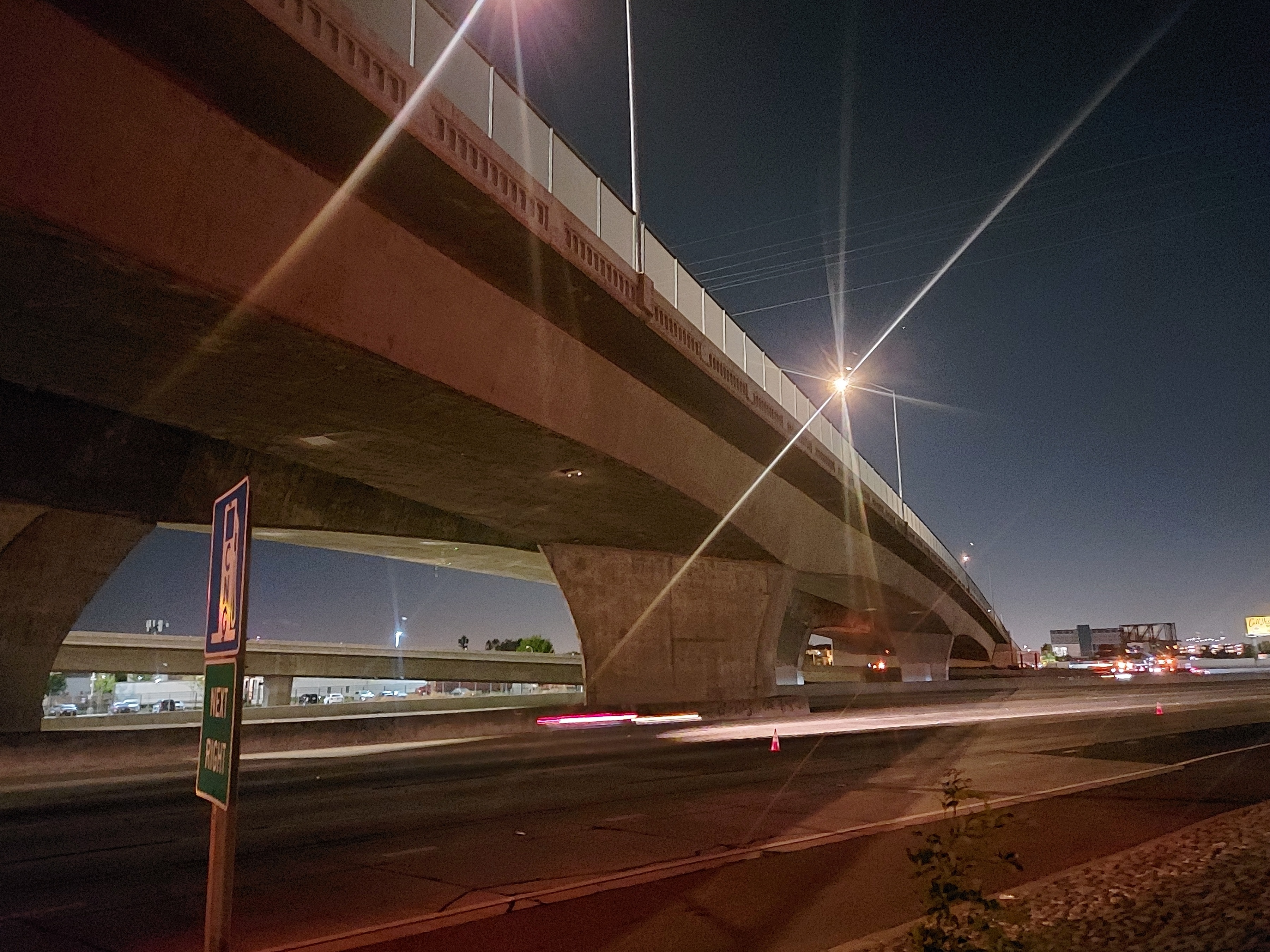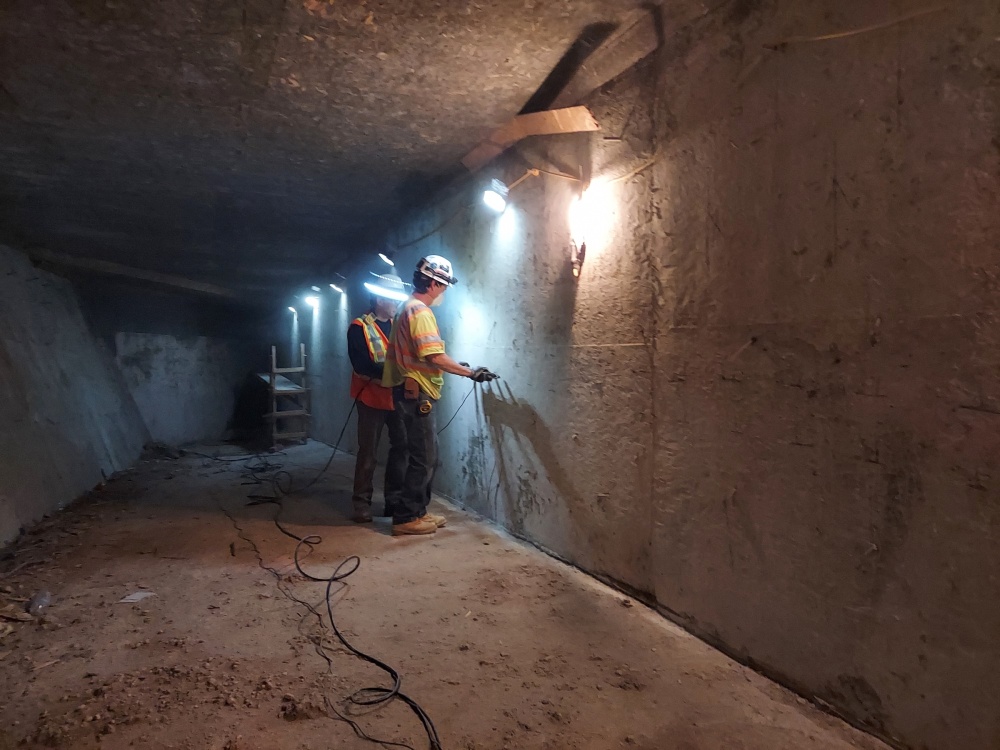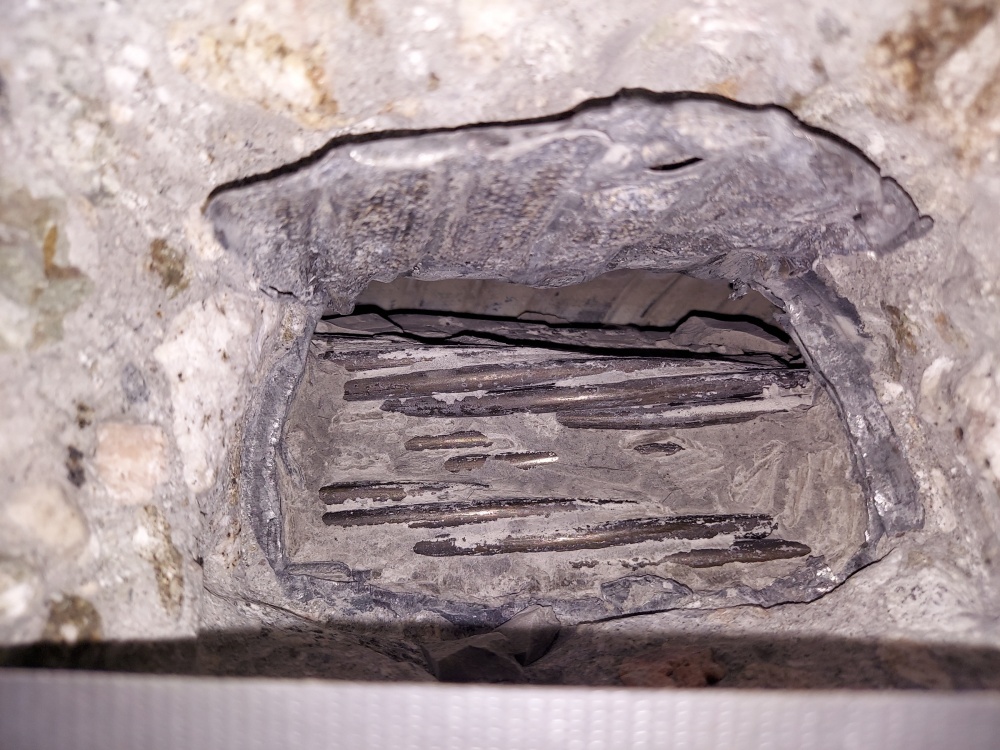Orangethrope Ave. Bridge


Services Applied by VCS Engineering
Project Introduction
Located in the City of Buena Park, California, Orangethorpe Avenue is a twin bridge system that was built in 2003. Each of the bridges is a three-span continuous cast-in-place concrete two-cell box girders. This bridge crosses over Interstate 5 and a Union Pacific railroad track. The total length of each bridge is 887 feet and is 99 feet wide. This twin bridge system carries three 12-foot-wide lanes of traffic in each direction and utilizes post-tensioning (PT).

Project Scope
Since 2012, inspections of the northern bridge of the twin structure had observed soffit slab cracking. In recent inspections, the noted cracking was increasing in length and width along the soffit. Initially, the bridge lacked access to the 2-cells of the box. In 2020, the decision was made to cut an access hole in the soffit for both cells in each span. The formwork from the original construction was still in place and had to be removed. An in-depth inspection from the inside of the box discovered massive amounts of the grout had spilled from the PT grout ports in the center girder onto the soffit during the grouting process. The soffit cracks observed from the outside were also visible from inside the box. Most of the cracking originated from the interface of the center girder and the soffit. It was believed that defects with the PT may be the cause of the cracking.
NDT Corp. performed impact-echo and pulse velocity (IE/PV) testing to inspection of the five PT ducts in the center girder of the three spans. The test program first incorporated ground penetrating radar (GPR) to accurately locate the internal PT ducts along the length of the concrete girder. Test locations were then marked every foot along the duct and IE/PV was conducted at each test point to locate where voiding or substandard grout conditions occurred along the PT. Testing on four of the PT ducts identified voiding. These locations were opened, and each void was inspected using an articulating video borescope. The borescope inspection confirmed minor surface corrosion on the strands and severe corrosion of the metal duct in two areas within the observable void. These void locations were reported to the engineer and repair orders for grouting were advanced. Vector Construction completed necessary grout repairs to the voided ducts and then utilized Vector Corrosion Technologies Post-Tech PTI Impregnation material to protect the tendons.

Project Solution
This inspection effort successfully identified grouting defects in PT ducts. Testing was coordinated on time, allowing the owner to adjust the requested work for the contractor to include grout repairs followed by performing the PTI impregnation.